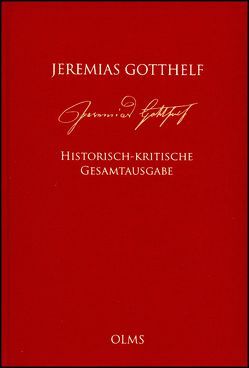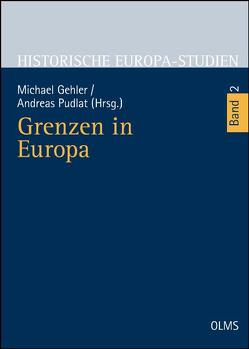Der Kontext der Europäischen Union
Eine Globalgeschichte der regionalen Integration vor und außerhalb der EU und ihrer Vorgängerinstitutionen.
Harald Kleinschmidt
In der zweiten Hälfte des 20. Jahrhunderts hat sich regionale Integration globalisiert. Es gibt keinen dauerhaft bewohnbaren Teil der Welt, der nicht von regionalen Institutionen erfasst ist, nur sehr wenige Staaten, die nicht Teil eines Integrationsprozesses sind, und noch weniger Staaten, deren Regierungen eine regionale Institution verlassen wollen.
Dieses Buch fragt nach den Bedingungen der Globalisierung dieses Phänomens, bindet es jedoch nicht in erster Linie an Institutionen, sondern geht von Kollektiven aus, die ihrerseits Institutionen legitimieren sollen. Regionale Integration wird dabei gekennzeichnet als lang dauernder, oft konfliktreicher Prozess der Akkommodierung von Multiplizität und Hybridität. Die Studie dokumentiert einerseits das hohe Alter dieses Prozesses in einigen Teilen der Welt, im Besonderen in Ostasien, Nordamerika, Ost- und Westafrika, dem Südpazifik sowie im mediterran-europäischen Raum, analysiert andererseits Integrationsprozesse seit 1945 in allen Teilen der Welt außerhalb Europas. Sie stellt somit die Europäische Union in den heutigen globalen Kontext, zeigt zugleich die zeitliche Tiefe auf, in der regionale Integration stattgefunden hat, und erklärt deren gegenwärtige große Reichweite.****************In the second half of the 20th century regional integration became a global phenomenon. There is no permanently-settled part of the world that is not covered by regional institutions, only very few states that are not part of an integration process and even fewer states whose governments want to leave a regional institution.
This books investigates the conditions for the globalisation of this phenomenon, but does not primarily link it to institutions, rather taking as its starting point the collectives which are supposed to legitimise the institutions. Regional integration is thus characterised as a long-lasting, often conflict-ridden process of accommodation between multiplicity and hybridity. The study documents on the one hand the great age of this process in some parts of the world, especially in East Asia, North America, East and West Africa, the South Pacific and in the Mediterranean-European region, and analyses on the other processes of integration since 1945 in all parts of the world. It therefore places the European Union in today’s global context, and at the same time shows the depth of time in which regional integration has taken place, and explains its current wide reach.




















